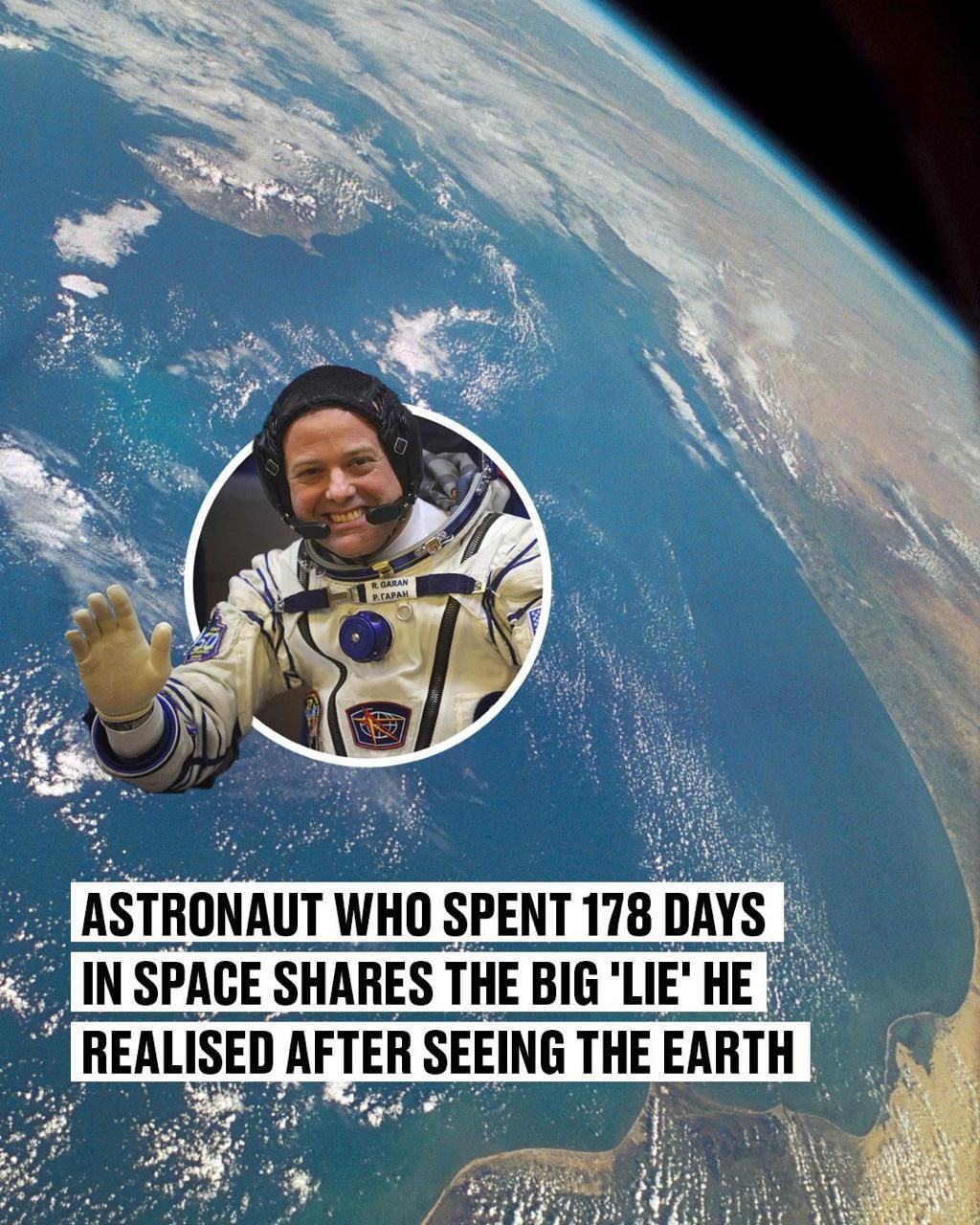Ron Garan’s Orbital Epiphany: A View From Space That Could Save the Earth
When astronaut Ron Garan returned to Earth after 178 days aboard the International Space Station, he brought back more than scientific data or stories of zero gravity—he carried a perspective that would change his life forever. Orbiting Earth at 17,500 miles per hour, witnessing sixteen sunrises and sunsets a day, he was struck not only by the sheer beauty of our planet, but by its fragility.
From the panoramic cupola of the ISS—a domed window offering a 360-degree view of space and Earth below—Garan gazed out at what many astronauts call “the overview effect.” It’s a profound shift in awareness, a cognitive transformation that occurs when one sees the planet not as a collection of countries, conflicts, and economies, but as a single, unified system—alive, delicate, and startlingly small.
Each ninety-minute orbit brought new revelations. Earth’s horizon often shimmered with fiery hues of orange, purple, and deep blue. Lightning storms danced across continents like a silent symphony, while auroras wrapped the poles in ghostly green waves. Yet amidst this beauty, Garan saw something chilling: the atmosphere, the only thing shielding life from the vacuum of space, looked impossibly thin—no thicker than the skin of an apple.
“From space,” he recalls, “you don’t see borders. You see one world. And it’s clear that everything is connected.” The lines that divide nations vanish; the pollution that drifts across oceans and the fires that rage across forests have no regard for passports or policies. From above, the planet breathes as one organism—its fate bound to every living thing.
Continue reading on the next page…

